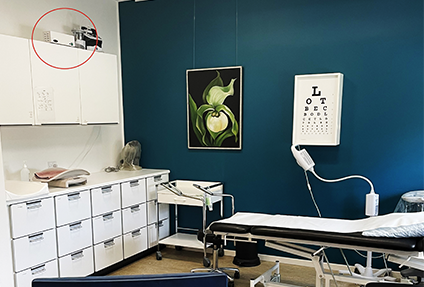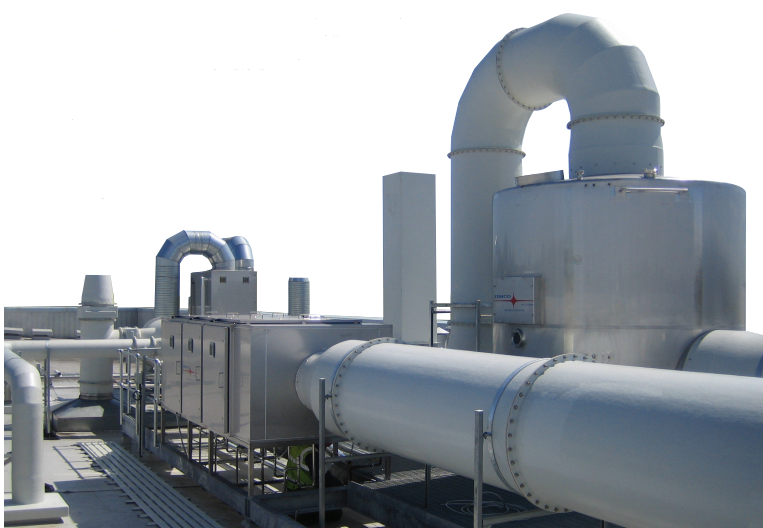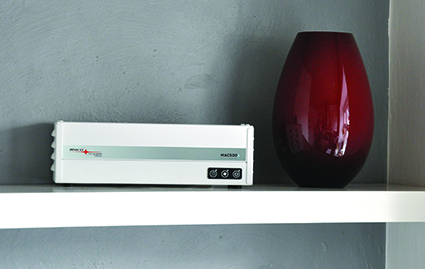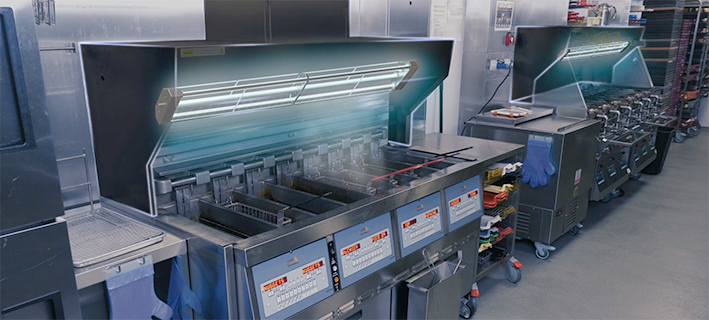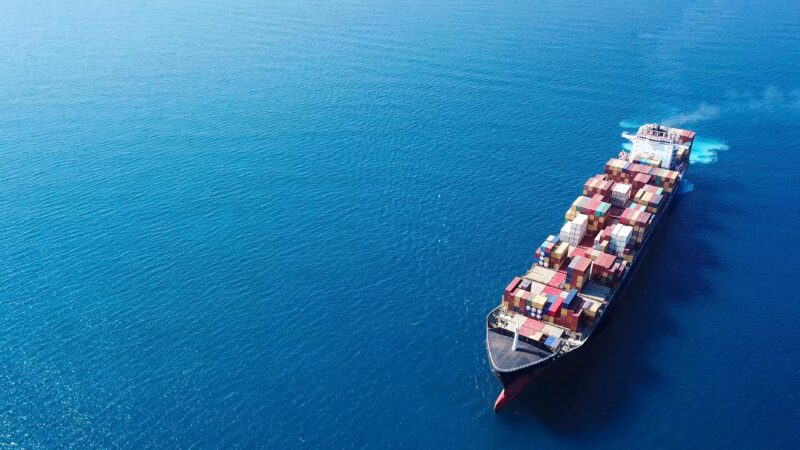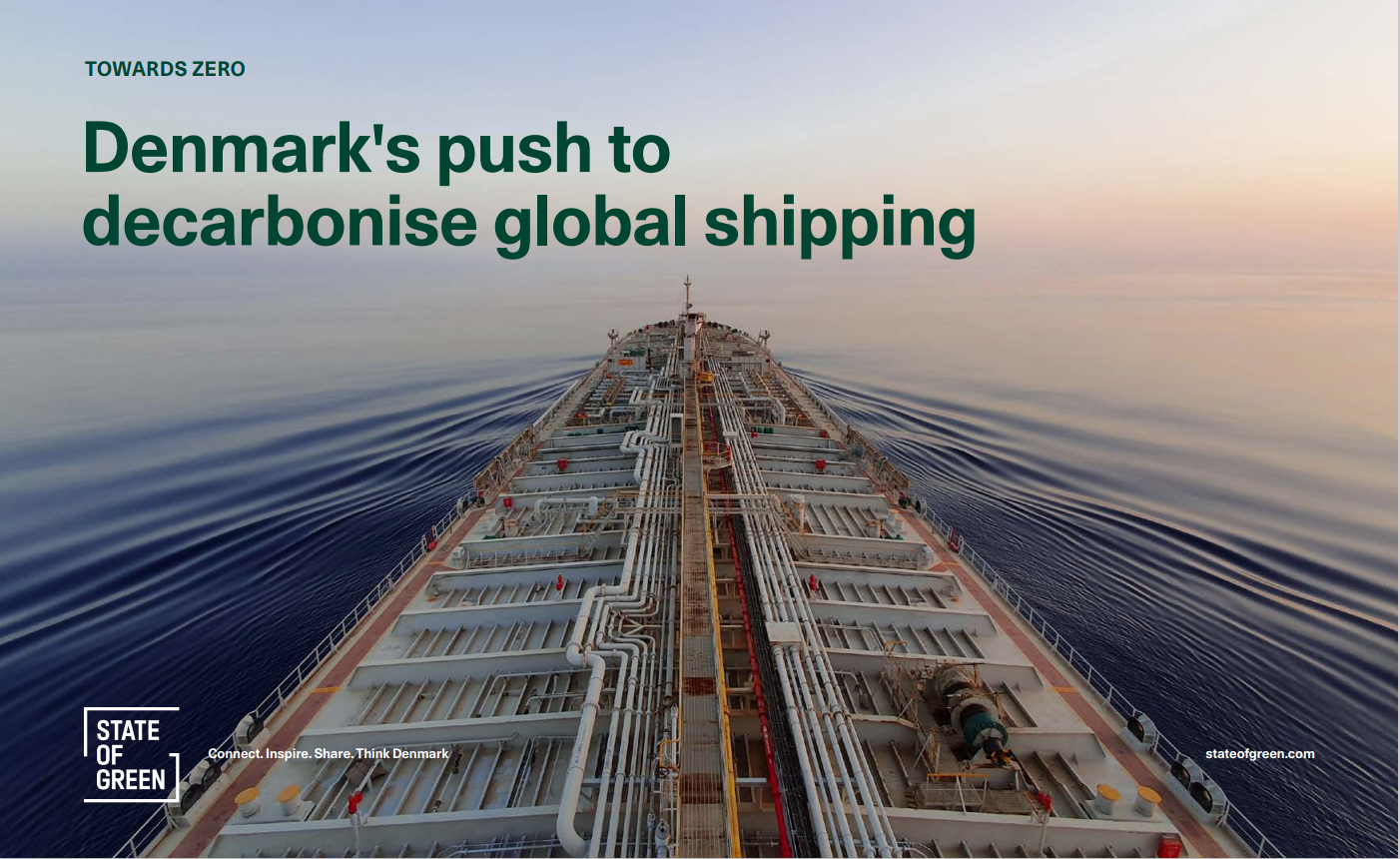News
Air pollution
New Environmental Requirements for Ships Cut Air Pollution by Half


To stop ships from ignoring the rules and continuing to pollute using illicit fuels, the Ministry of the Environment and Food has intensified its ship pollution control. An 'artificial nose' - called a sniffer - has been fitted on the Great Belt Bridge. The nose can detect when ships passing under the bridge are using the wrong type of fuel.
Sulphur reduction by 60%
The first air measurements from the sniffer reveal that 98% of ships are complying with the sulphur requirements. Furthermore, according to a new report from the Danish Centre for Environment and Energy (DCE) at Aarhus University, the content of sulphur in the air over Denmark has been reduced by up to 60% overall since the turn of the year.
-Related news: Clean Air Tours Launched in Cooperation with Danish Ministry of the Environment
"Sulphur and particles are harmful to humans, so it is good news that the new environmental requirements are having an effect. Denmark is the first country in the world to apply new technology in efforts to monitor pollution from ships and to make sure that everyone is meeting the requirements. The financial benefits of non-compliance with the rules are huge, and control and enforcement are therefore vital elements in preventing harmful pollution from ships and unfair competition for law-abiding ship owners," said Minister for the Environment and Food, Eva Kjer Hansen.
The extra costs of fuel depend on the size and speed of the ship and can amount to as much as DKK one million for a trip from the English Channel to the Baltic Sea and back.
Monitoring is not only done from the Great Belt Bridge. A small aircraft has also been fitted with a sniffer to monitor ships sailing through the major shipping lanes in Danish waters. If sniffer measurements show that a ship is using illicit fuels, the authorities in the next port of call will be notified so that they can put a stop to the breach.
-Related news: New Publication Kick-Starts Danish Maritime Days 2015
The sniffer technology has been developed by the Swedish Chalmers University of Technology. The Ministry of the Environment and Food is funding the DKK 6.3-million monitoring effort.
"Danish ship owners are fully behind the new requirements, and I highly appreciate the close cooperation on control and enforcement between the Ministry for the Environment and Food and the Danish Shipowners' Association within the framework of the Green Shipping Partnership. It is vital for the industry that we have efficient and effective enforcement internationally, so that we can secure fair competition for all. Remote monitoring from bridges and aircraft could become an important element in ensuring that regulations are complied with – not least from 2025 at the latest, when stricter sulphur requirements will come into effect in the rest of the world and international enforcement activities will become even more important," said Anne H. Steffensen, Director General of the Danish Shipowners' Association.
-Related news: EU Supports Green Shipping with EUR 6.3 million
Most of the air pollution in Denmark comes from abroad, and international collaboration therefore has great significance. Common international efforts to ensure that ships comply with the environmental requirements are very important. This is why Denmark is currently working in the EU and in the UN International Maritime Organization to ensure efficient and uniform control and enforcement.
Facts
The air measurements were carried out by Aarhus University, DCE (Danish Centre for Environment and Energy) on behalf of the Ministry of the Environment and Food. The measurements show that concentrations of sulphur dioxide in the air have dropped by up to 60% since the turn of the year. The measurements were performed on land at the measuring stations at Anholt, Tange and Roskilde. The 60% reduction was observed at Anholt, which is close to one of the major shipping lanes. At Roskilde and Tange, which are located inland, the reduction was measured at 50%.
The new sulphur requirements
As a consequence of the new international requirements for sulphur, from 1 January 2015, ships in the North Sea, the Baltic Sea and in North American waters have had to reduce the content of sulphur in their fuels from 1.0% to 0.1%, i.e. by 90%. As an alternative to using fuels with low sulphur content, ships can choose instead to install technology to remove sulphur from their exhaust gases.
The sniffer technology
The sniffer is a device which measures the content of sulphur dioxide (SO2) in ships' exhausts. The measurement result is paired with data about the position and identity of the ship, so that it is possible to identify what ships are emitting what.
Green Shipping Partnership
The Ministry of the Environment and Food and the Danish Shipowners' Association have been working together for a green shipping industry since 2007.
Source: Press relaease from Ministry of Environment and Food
